Oct. 11, 2024: Least Sandpipers migrate south from northern breeding grounds in Alaska and Canada to wintering areas in the southern U.S., Central America, and South America, stopping frequently to refuel along coastal beaches and wetlands. This sandpiper was recently seen foraging at Woodneck Beach.
The fall migration cycle of Least Sandpipers (**Calidris minutilla**), one of North America’s smallest shorebirds, is a fascinating journey that spans thousands of miles. This migration typically occurs from late summer through fall as the birds move from their northern breeding grounds to wintering areas in the southern United States, Central America, the Caribbean, and parts of northern South America. Here’s an overview of the process:
Breeding Grounds
Least Sandpipers breed in the subarctic and boreal regions of North America, including:
– Alaska
– Northern Canada, particularly in the tundra and boreal bogs of Labrador, Quebec, Ontario, and Manitoba.
Breeding season is from May to July, and after mating, females lay a clutch of 3–4 eggs. Once the chicks hatch and are able to forage on their own (around late July to early August), adults begin their southward migration.
Migration Triggers
Fall migration begins around late July and continues through September. Migration is likely triggered by:
– Decreasing daylight hours in northern latitudes.
– Temperature changes that signal the end of the breeding season.
– The availability of food resources, such as insects and other invertebrates, which decline as fall approaches.
Migration Pathways
Least Sandpipers follow several flyways during their fall migration:
1. Atlantic Flyway (Eastern North America)
2. Mississippi Flyway (Central U.S.)
3. Pacific Flyway (Western North America)
Along these flyways, they make stopovers at coastal and inland wetlands, marshes, mudflats, and shorelines to refuel on small invertebrates.
Stopover Sites
Key stopover sites for refueling include:
– The Atlantic Coast: Chesapeake Bay, Delaware Bay
– The Gulf Coast: from Texas to Florida
– Interior wetlands: along rivers like the Mississippi, and large wetlands such as the Great Lakes region and the Prairie Potholes.
– Pacific Coast: wetlands from British Columbia to California.
Wintering Grounds
By end of October, most Least Sandpipers have reached their wintering grounds. These birds winter primarily in:
– Southern U.S.: particularly along the Gulf Coast.
– Central America: Mexico, Guatemala, Belize, and beyond.
– Northern South America**: Colombia, Venezuela.
– The Caribbean: including Cuba and the Bahamas.
They prefer coastal mudflats, mangroves, salt marshes, and sometimes inland wetlands with shallow water for foraging.
Flight and Travel Patterns
Least Sandpipers are known for their long-distance flights but often use a “hop-and-stop” strategy, stopping frequently to refuel. Juveniles tend to migrate separately from adults and may lag behind by a few weeks. These young birds must rely on innate navigational cues to find their way to the wintering grounds.
Challenges During Migration
– Habitat loss: Many traditional stopover wetlands have been altered or lost due to human activity, reducing available resting and feeding sites.
– Weather hazards: Migrating birds often face storms, especially tropical storms and hurricanes, which can blow them off course or exhaust their energy reserves.
Summary of Timeline:
– July–August: Adults begin migration from breeding grounds.
– August–September: Juveniles follow the adults.
– September–October: Arrival at wintering grounds.
By November, most of the population is settled in their winter homes, where they will stay until the spring migration begins in March or April.

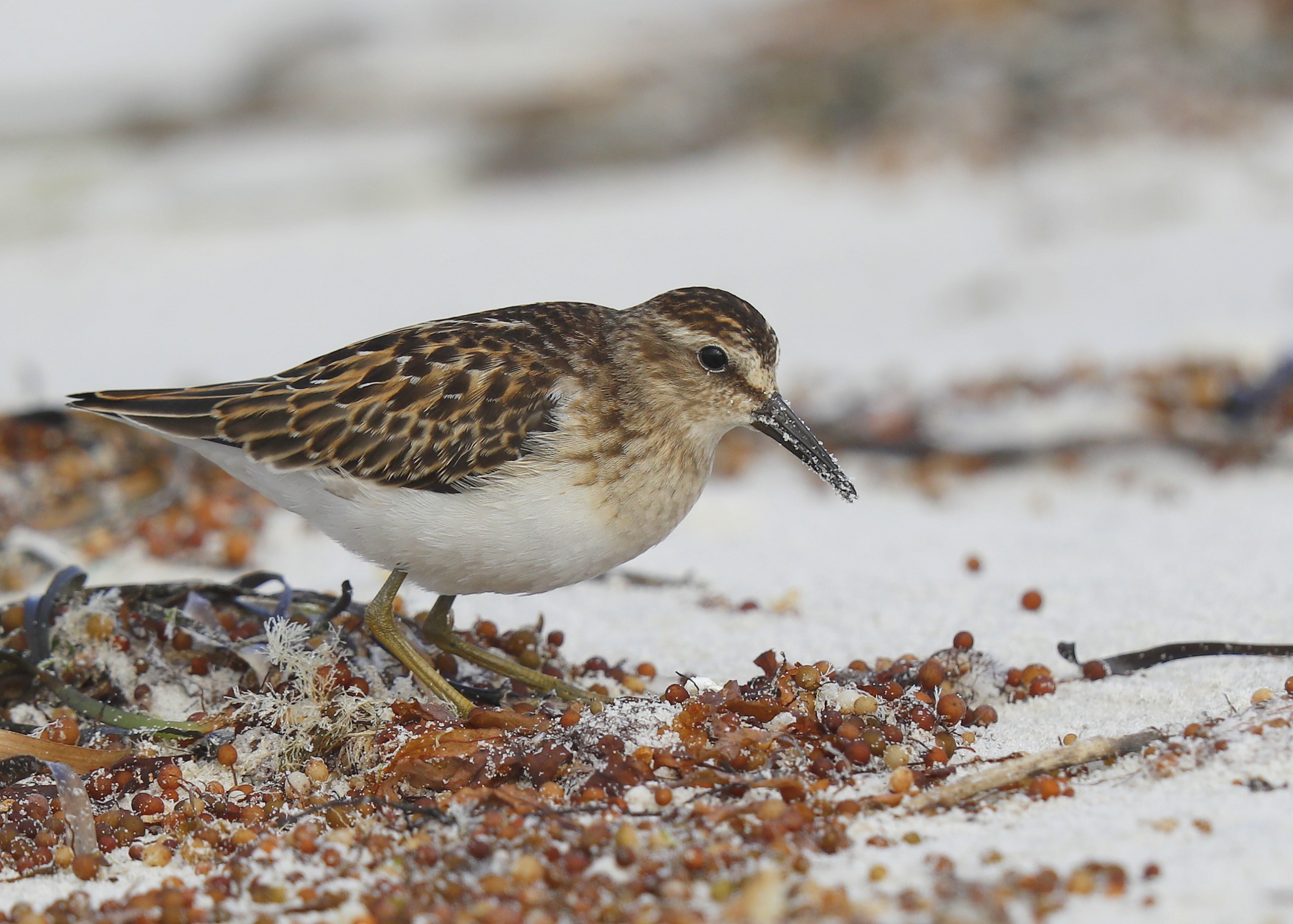
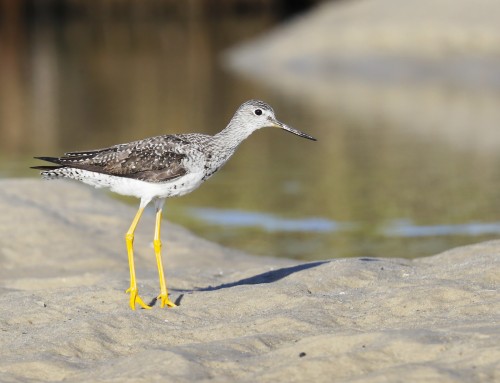
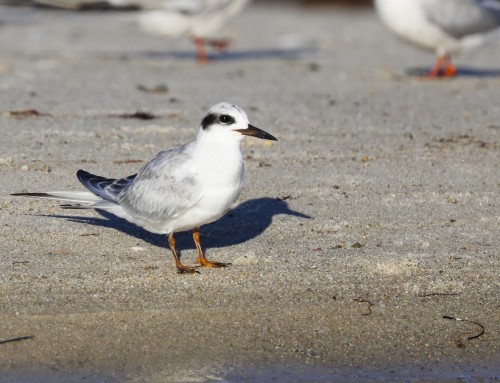
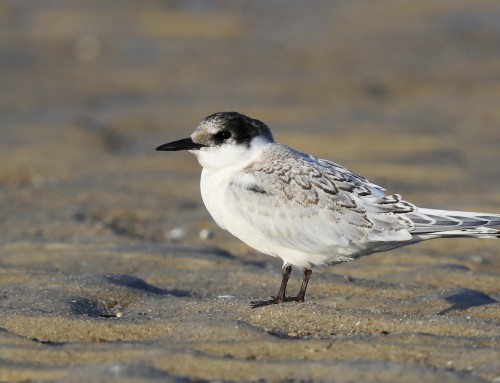
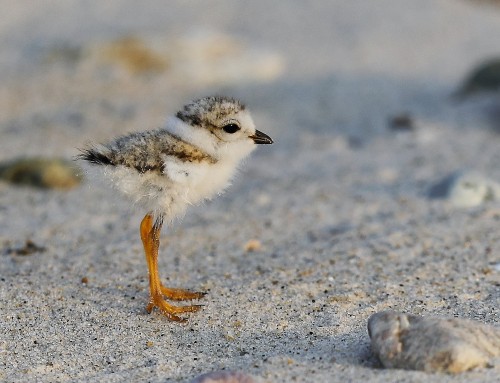
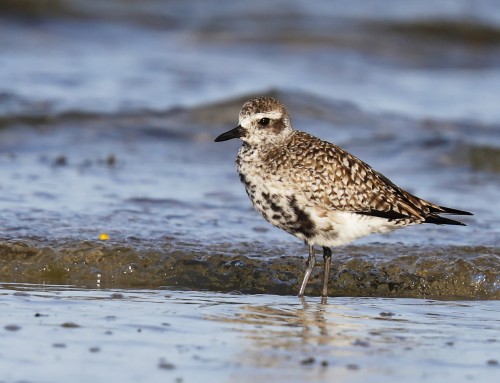
Leave A Comment
You must be logged in to post a comment.